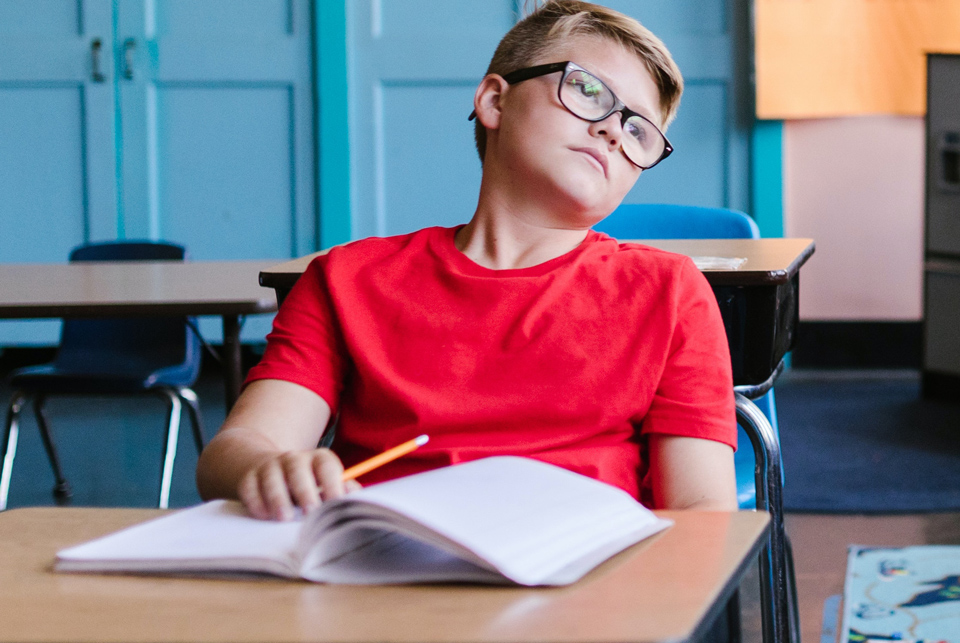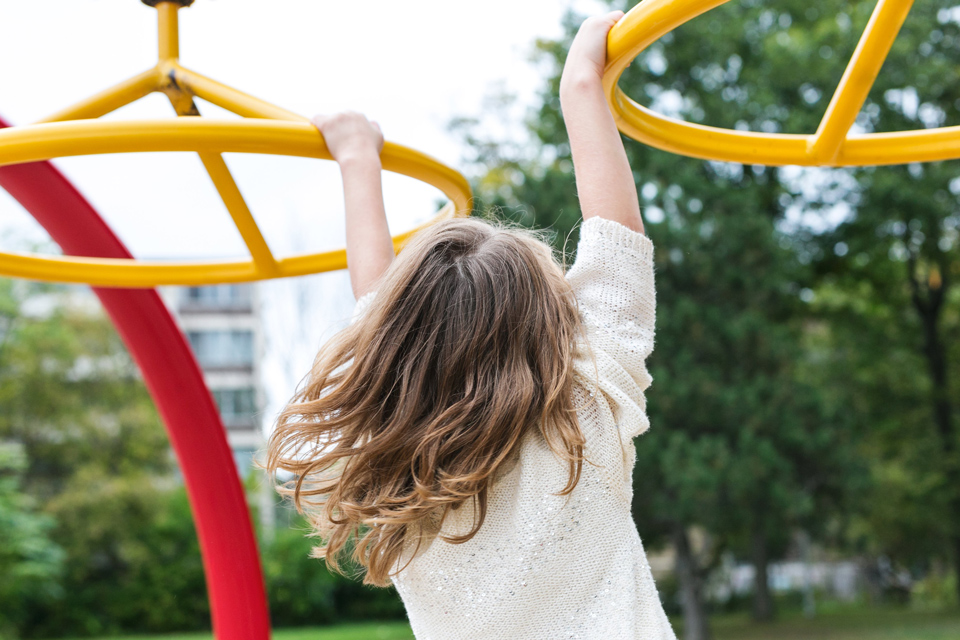
By Occupational Therapist - Mariza Ferreira
This is the fifth blog in a series of six, which I have been writing for Potential Plus UK since 2021, aimed at teachers to help them support children who have high learning potential (HLP or gifted), including those who have dual or multiple exceptionality (DME or 2e). I am posting the blogs here as well, as I think it applies not just to teachers, but in the home environment too. Happy reading.
Dear Teacher,
I don’t know about you, but I am desperate for spring to fully arrive. I love seeing some of the trees starting to blossom and the days getting longer. The earth seems to come more alive again with birds announcing the days earlier each morning, and people venturing outside to enjoy the sunshine days which I truly hope will be abundant this spring and summer. So, with sound and light definitely at the forefront of my mind, I think it is quite fitting that in this blog I want to write about how you can help the children in your class who struggle to cope with the physical environment which is the class!
If you have been following this blog series in which I explore some of the sensory, motor coordination and emotional regulatory issues that could be affecting children with high learning potential negatively, you will know that I believe children have a fundamental need to ‘fit in’ and ‘be good’. If their behaviour is off, it is not necessarily by choice but because they are trying to tell you something. They are trying to tell you they need help. They use behaviour as their words fail them.
Sometimes it is fairly easy to figure out why children’s behaviour is not as expected in class. They may be able to tell great stories but cannot adequately put it down on paper because of poor handwriting skills. They may be so “on the go” that they are constantly getting up from their desks to ask you questions that they already know the answers to. They may be so bothered by the feel of their clothes that they are constantly pulling at them.
Other times it may not be that easy to figure out why children’s behaviours are not as expected. You may find it exhausting playing “detective” all the time to try and figure out why THAT child who seemed quite calm when queuing for class, becomes increasingly disruptive when IN the class. Or why THAT child who can have a highly intellectual conversation with you about a book author’s hidden message, shuts down and seems ‘away with the fairies’ when the exact same subject is discussed in group format in class.
I know I am at risk of over simplifying things, which is not my intention, but I want to suggest the reason for these difficult behaviours is often right in front of us… our physical environment does not get nearly enough credit for its part in distracting children from the lessons or tasks you want them to participate in class. It may actually just be too busy, too light or too bright (or all of these) for them to feel “just right” and able to concentrate on the task at hand. Just to make matters worse, it may not be busy, light or bright enough for some children! Let me try to explain.
Visual sensory processing involves the visual system but refers to a person’s ability to appropriately focus on a person or object relevant at a particular time, whilst not giving attention to other visual images, and to have an appropriate action in response. For one, it contributes to good visual perceptual abilities – which is how the brain interprets what the eyes see.
Auditory sensory processing involves the auditory system but refers to a person’s ability to correctly register relevant sound waves from the environment through the ears (hearing), whilst not giving attention to background noise, and to have an appropriate action in response. Adequate auditory sensory processing is fundamental to speech and language development, communication, understanding instructions, and timing movements.
When a child is therefore able to easily and consistently focus on lessons and tasks in class, without being distracted by all the pictures and visuals on the walls, how light or dark the room is, or the varying noise levels that are inherent to a class, then we can assume that they have adequate visual and / or auditory sensory processing. It is like having a free flowing traffic system in the brain.
However, when a child is unable to easily and consistently focus in class, and has accompanying unexpected behaviours such as being disruptive, ‘away with the fairies’ or argumentative (the list goes on), then we need to consider whether this child may have sensory processing difficulties, or a “traffic jam” in their brain. Remember that the brain’s first priority is to look after the body’s sensory needs, so although this child may be desperate to fit in and be good, the overriding mission of their neurological system will be to get them to a “just right state” and away from the environment which it perceives as harmful.
The flip side of the coin is that some children cannot focus because they actually need more visual and auditory input from the environment before they feel alert enough to do so. These children would also be considered as having sensory processing difficulties. However, they are at higher risk of not getting the appropriate support to help them reach their potential, as they tend not to cause any trouble in class and actually seem to get into the ‘zone’ the busier and noisier the classroom is.
So, how do you help children who all have different sensory needs when it comes to their ability to focus in certain environments? I would suggest that you consider some general changes to benefit the class, but also some specific changes when it comes to individual children. I have written down my top two tips for each below, and hope that they will help you:
General Changes
Top Tip One
To reduce general visual distractions, consider having no to minimal pictures and posters on the walls of your classroom, or at least on the wall where the whiteboard is. This will generally have a calming effect on all the children, and promote their ability to focus on the lessons and tasks at hand.
Top Tip Two
To reduce auditory distractions (which I know is probably one of the hardest things to achieve in a classroom), consider allowing the children to conduct small group discussions away from their desks and removed as far away as possible from other groups. If at all possible and feasible, allow one group to have their discussions in another room and do this on a rota basis so everyone gets a chance over the course of a term.
Specific Changes
Top Tip Three
For children who are oversensitive to visually busy environments, consider changing the physical environment to be less busy for them. When you know a child’s individual difficulties, you may try the following:
- Seat the child to the front of the class within direct line of sight to the whiteboard and/or away from looking directly at the busiest walls of the classroom.
- Give the child a choice of which paper to do their work on – plain paper or with borders. Even though paper with beautifully designed borders are pretty, it may be just too distracting for a child.
- Carefully monitor how a child responds to story books with lots of pictures, as opposed to those with more text. Whilst very young children “read” through pictures, we need to consider whether lots of pictures for older children are constructive or distracting.
Remember, for the child who actually needs more visual stimulation in order to focus, you may want to consider doing the opposite of the above, such as giving them paper with detailed borders or books with lots of pictures accompanying the text. Please approach each child with difficulties individually, in order to find what supports their learning best.
Top Tip Four
For children who are oversensitive to noisy environments, consider changing the physical environment to be less noisy for them. When you know a child’s individual difficulties, you may try the following:
- When giving instructions in a noisy environment, ensure that the child heard it and knows what to do. You could consider going to their desk or taking them aside – whichever you feel is appropriate so as not to embarrass the child in front of their peers.
- After instructions have been given and with independent work, consider offering the child ear defenders or ear plugs to help them focus on the task at hand.
- Similar to the above and if possible, you could offer to move the child to a quiet space to complete their individual work.
Remember, for the child who actually needs more auditory stimulation in order to focus, you may want to consider doing the opposite of the above, such as allowing them to complete work whilst listening to music. Please approach each child with difficulties individually in order to find what supports their learning best.
If in doubt or if these strategies do not work as effectively as you hope, then it is worth considering getting an occupational therapist involved to look more closely at the child’s particular needs.
Look out for my next blog, in which I will explain how you can help THAT child whose oppositional and argumentative behaviour may have nothing to do with their sensory needs, but more with their insatiable thirst for learning. This will also be the last blog in the series.
Your specialist Paediatric Occupational Therapist
Mariza





